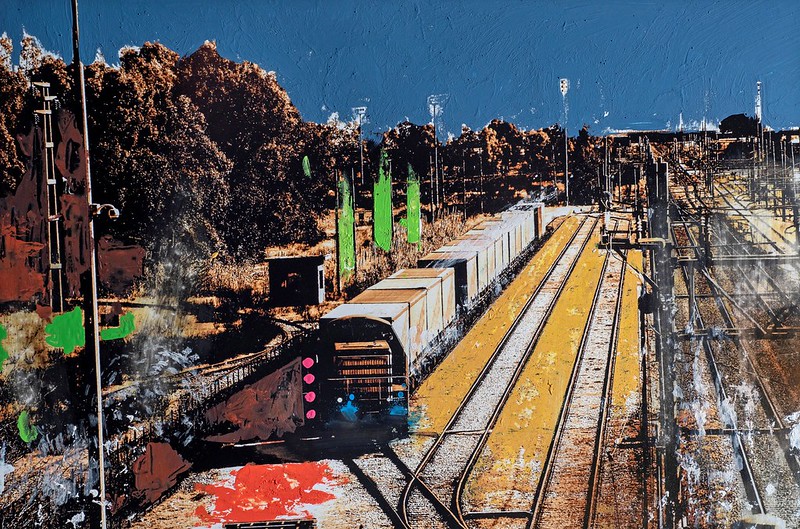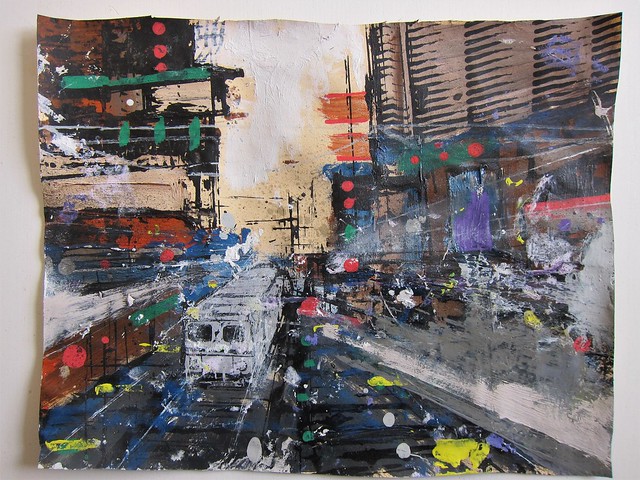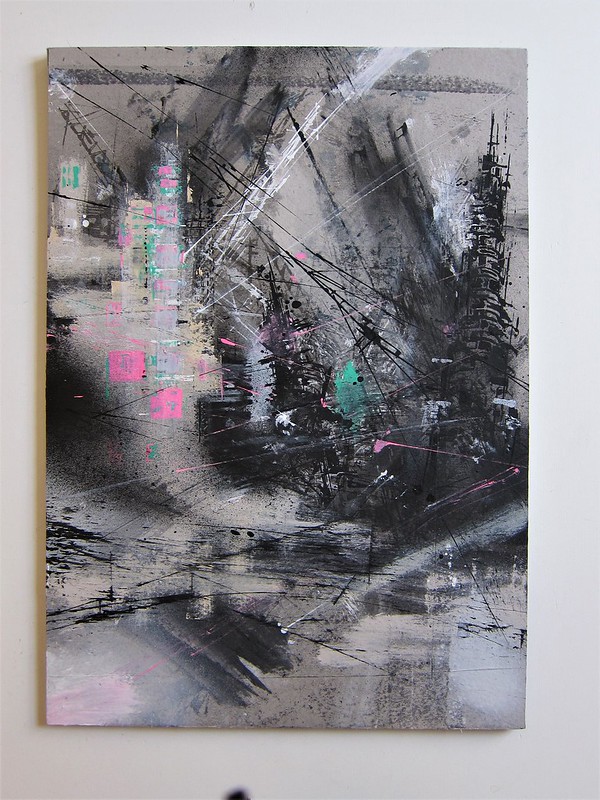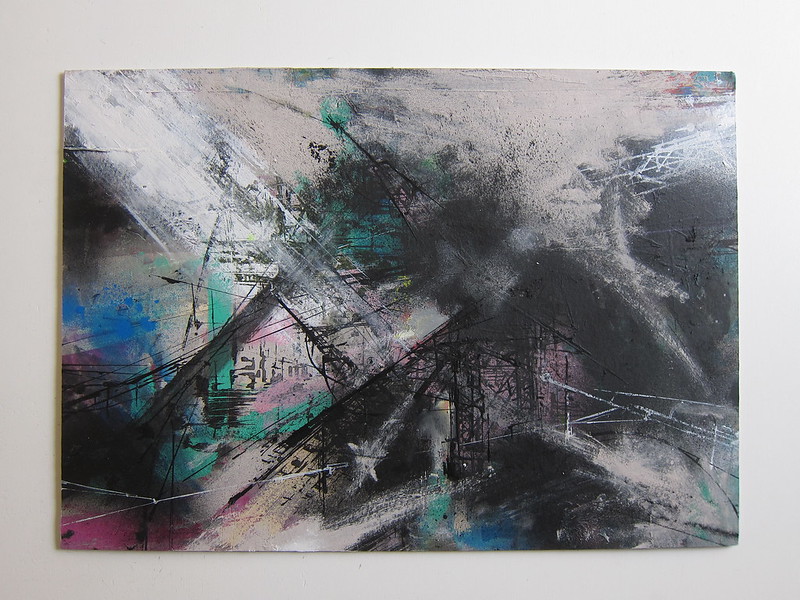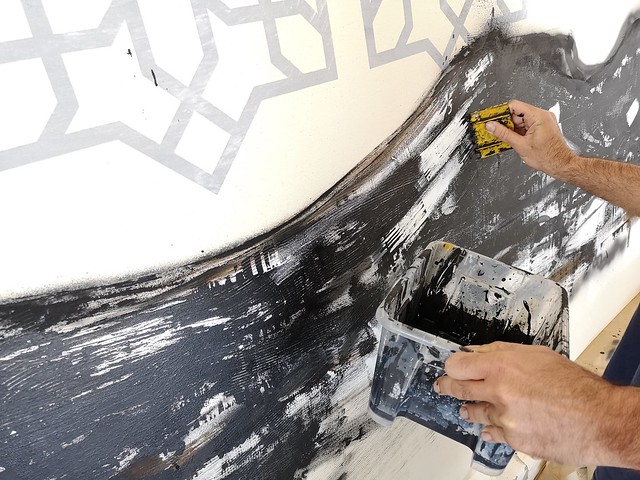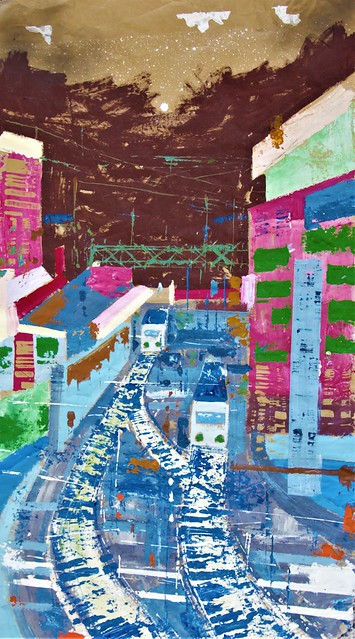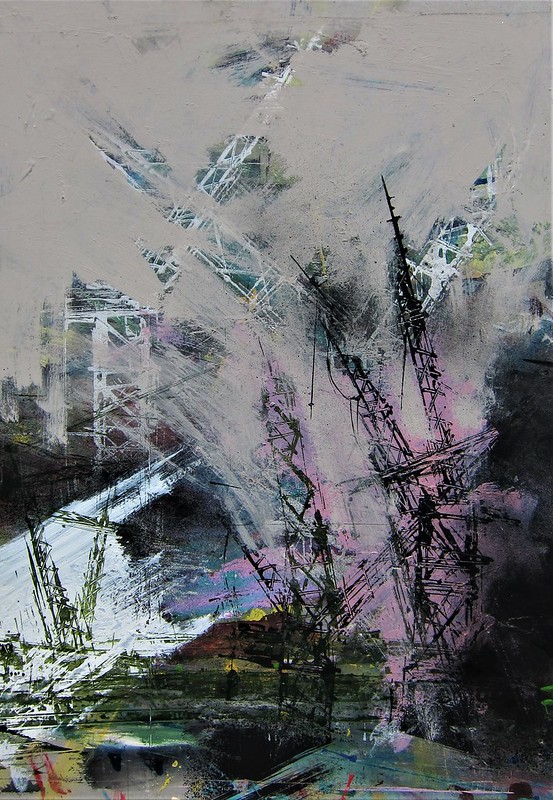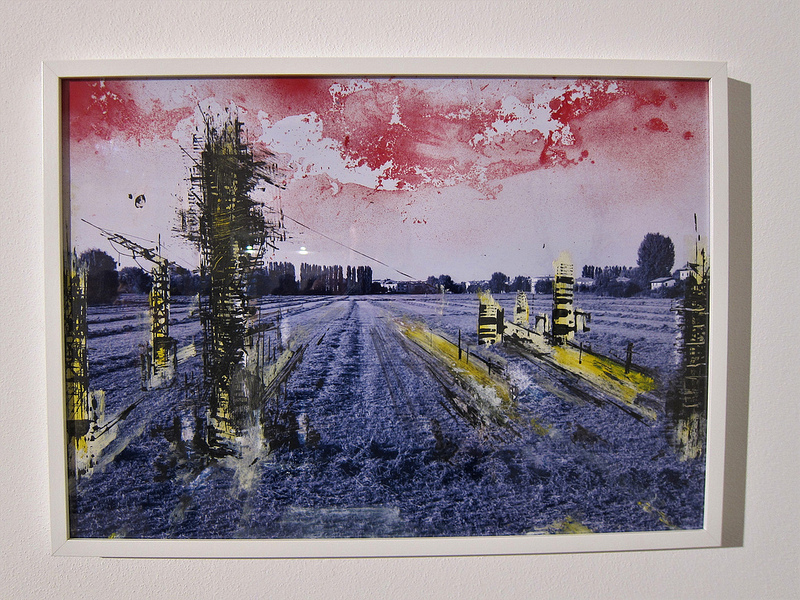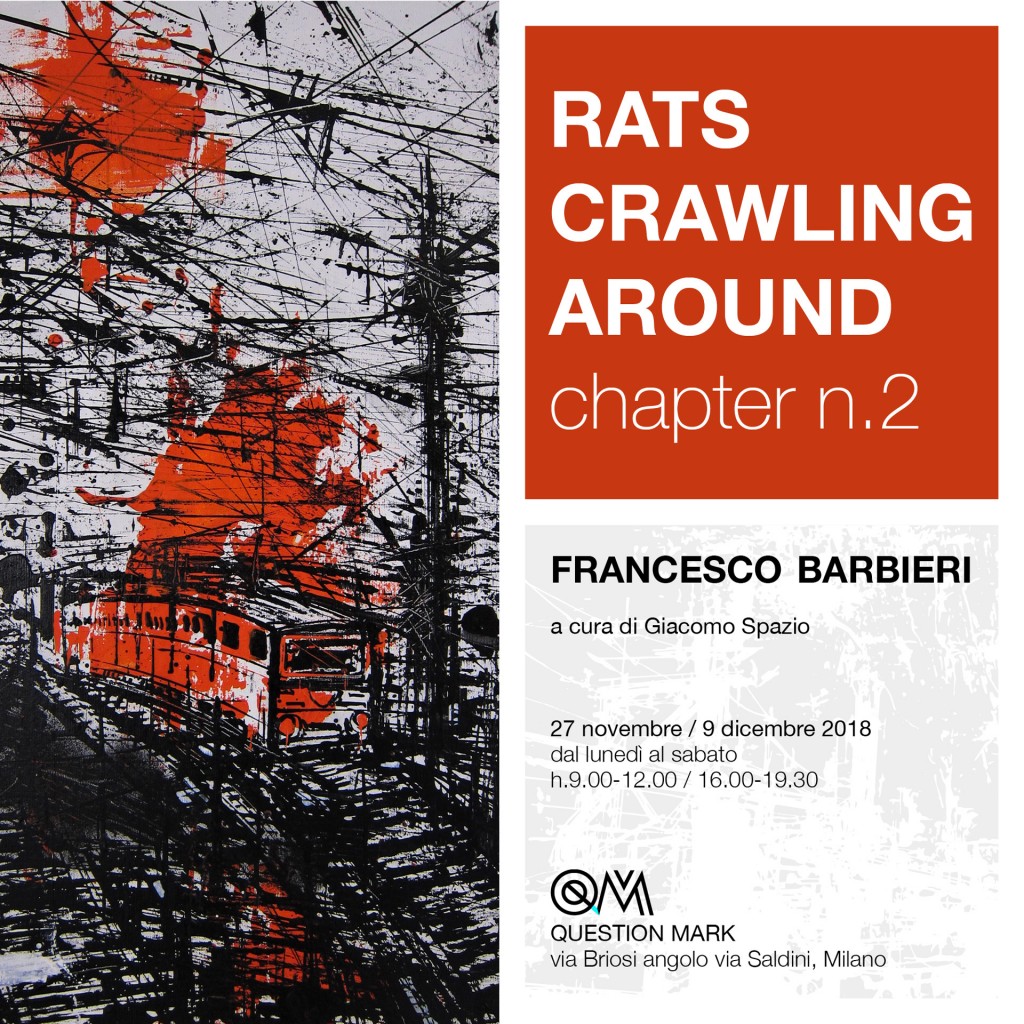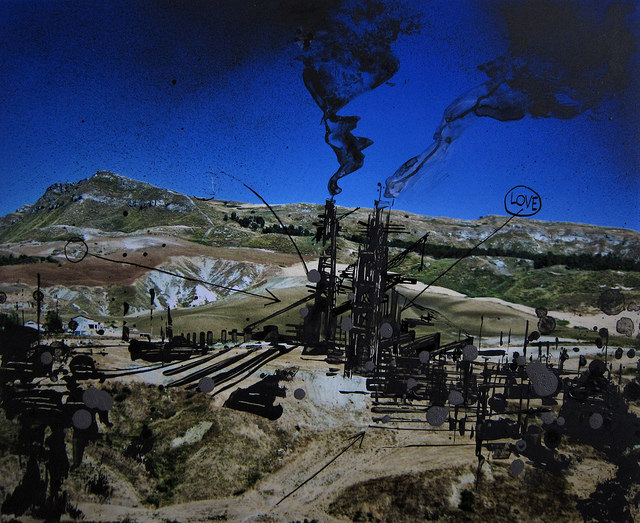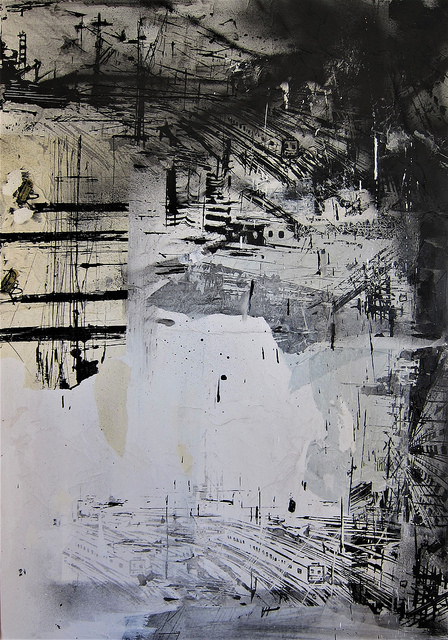LOTRAS is a freight train company based in south Italy and i’ve been asked to produce a series of 12 artworks for them. I’ve been painting over some photos from their archive (mostly shots from Franco Cautillo) and while the original artworks will end up to their main partners and customers, the images will be used for the corporate calendar of next year.
It’s gonna be a super fresh and psychedelic 2020 ![]()
“January”
“February”
“March”
“April”
“May”
“June”
“July”
“August”
“September”
“October”
“November”
“December”



